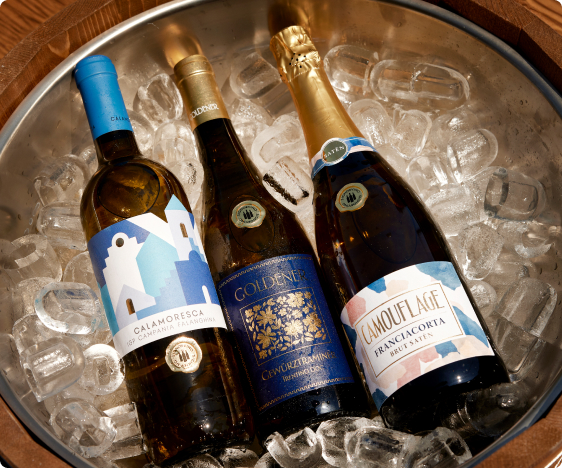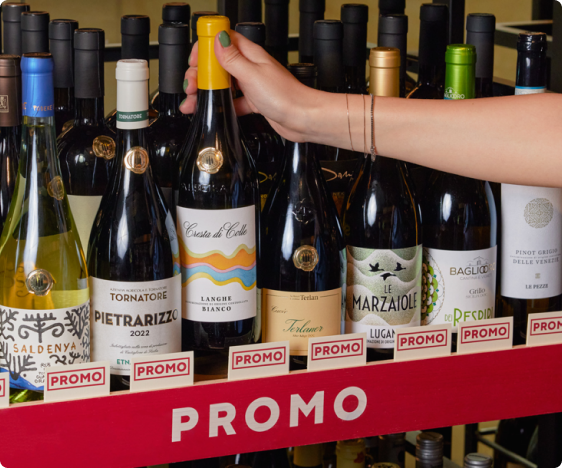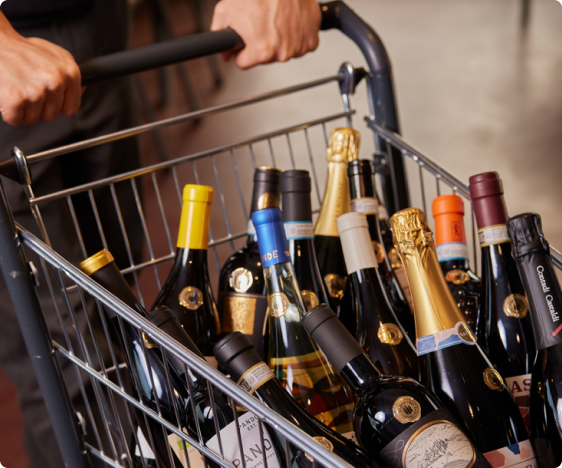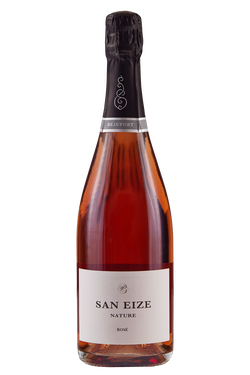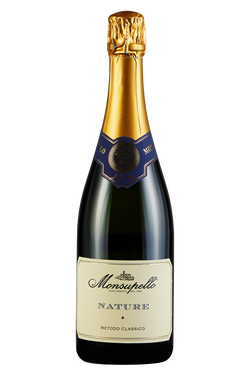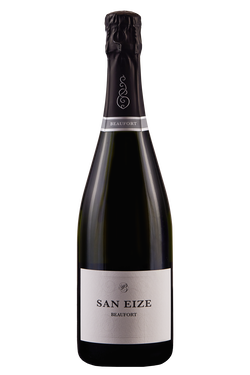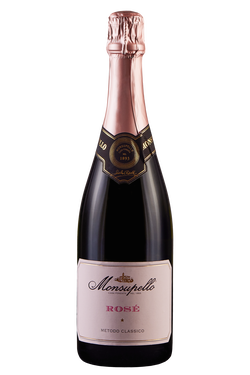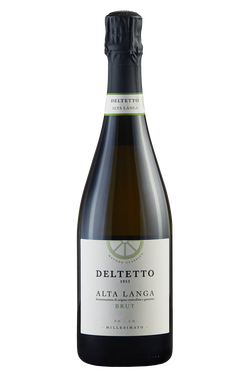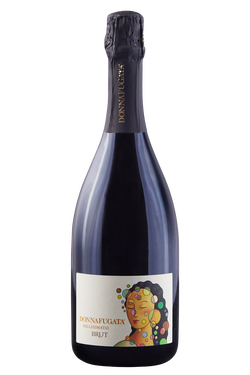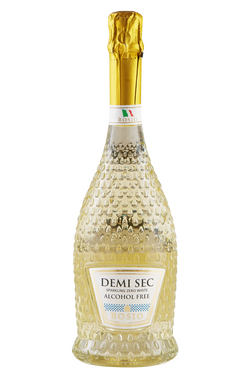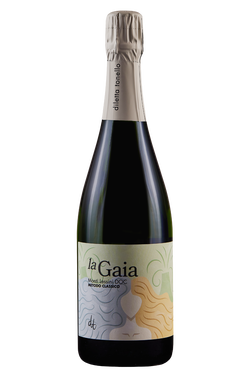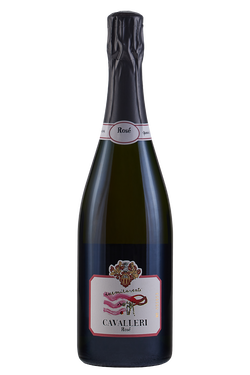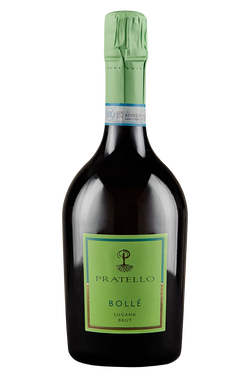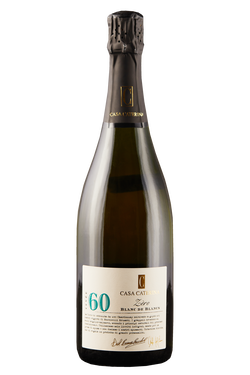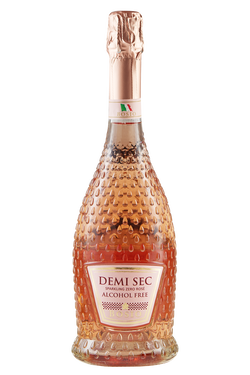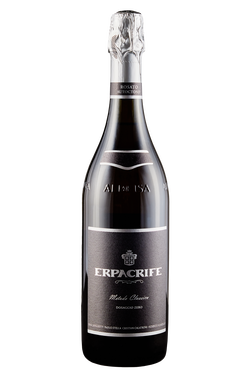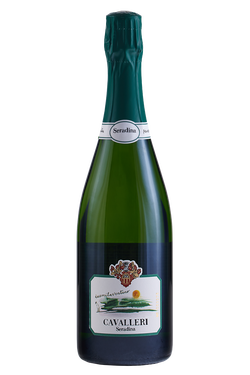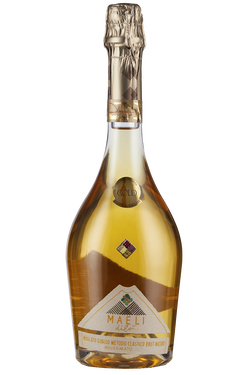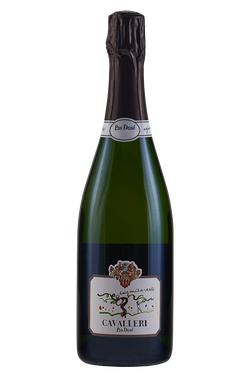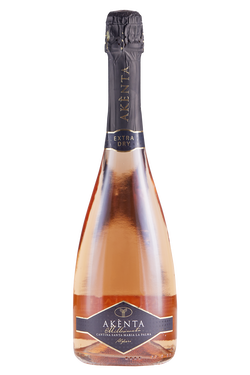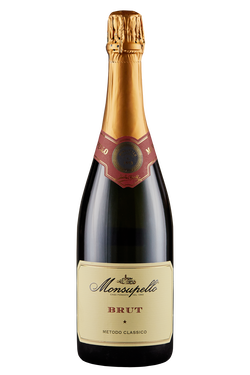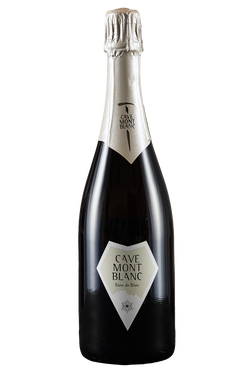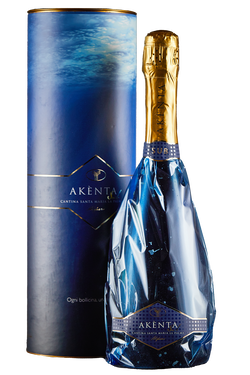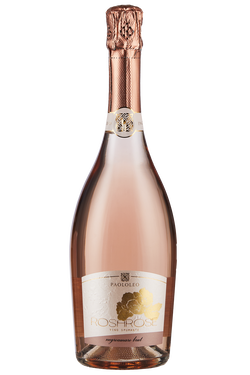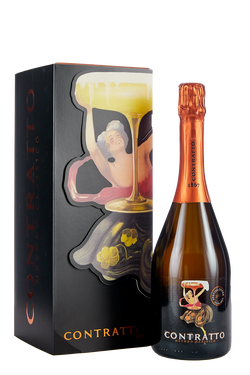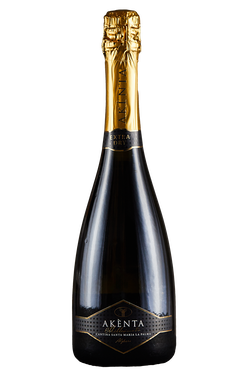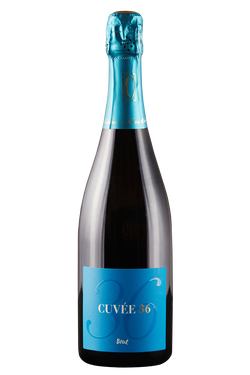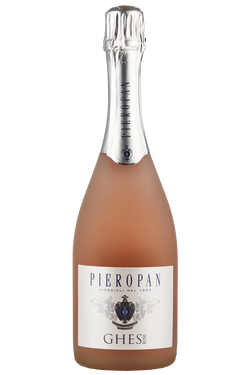- Wines >
- Sparkling wines >
- Sparkling
Sparkling wine: history and characteristics
Although the Romans drank effervescent wine, it was almost certainly actually must that had not yet become wine. This cannot have been a real sparkling wine, because the production of sparkling wine requires airtight containers, which can maintain a certain pressure (6 atmospheres at 20 °C) and retain a considerable quantity of carbon dioxide. The history of Italian sparkling wines officially begins in 1865 thanks to the Gancia brothers. A few years earlier, in 1848, Carlo Gancia had gone to France to study the methods of Champagne production. Having learned the process, Gancia simplified it, adapted it to the Moscato grapes typical of his area, Piedmont, and created the first Italian spumante. With the creation of the first Italian Metodo Classico spumante, the one still used today, Gancia became its official depositary. But what is the Metodo Classico? It is one of the two methods for fermenting spumante naturally, and consists of fermentation in the bottle. In the case of fermentation in a pressure tank, a large container kept overpressure, we instead speak of the Martinotti or Charmat Method. The Martinotti Method takes its name from the name of its inventor, Federico Martinotti, director of the Istituto Sperimentale per l’Enologia in Asti, who patented the method in 1895. It was later adopted and further developed by the Frenchman Eugène Charmat in 1910 – hence the double name. Another method of sparkling wine production, no longer in use, was the Marone-Cinzano, which combined the Metodo Classico and Martinotti Method. This type of spumante first required bottle ageing and, subsequently, further fermentation in a pressure tank. It was abandoned because it did not guarantee savings in production costs, and also compromised the quality of the spumante. Today, the only two natural sparkling wine production methods remain the Metodo Classico-Champenoise method and the Martinotti-Charmat Method.
Brut, Extra Dry and the various types of spumante
Everyone has heard of spumante brut, spumante dry and spumante extra dry, but what do these terms really mean? This classification refers to the sugar content of the spumante, and is strictly regulated by law. To explain what this is, we need to start with the production process. After a slightly early harvest, to ensure some acidity, wines from various grape varieties, vineyards and growing years are blended in the spring. In the case of exceptional years, grapes produced during a single growing year are used: in this case, we speak of a vintage spumante. The base wine, known as the cuvée, is mixed with the liqueur de triage, i.e. a selection of yeasts and cane sugar which guarantee fermentation. The method chosen for second fermentation, Classico or Charmat, is then followed. Depending on how much residual sugar remains after the second fermentation, the version of spumante is determined. Pas dosé contains less than 3 g of sugar per litre, extra brut spumante up to 6, brut spumante less than 12, and extra dry spumante between 12 and 17. We talk of dry spumante if residual sugar is between 17 and 32 g per litre, of demi-sec if it is between 32 and 50 g and, lastly of sweet spumante if residual sugar exceeds 50 g.
Prosecco and spumante: The difference
The difference between Prosecco and spumante seems more complicated than it really is. Prosecco is a DOC or DOCG white wine that can only be produced using the Martinotti-Charmat Method in four provinces in Friuli Venezia Giulia and five in Veneto, and only from the varieties Verdiso, Glera, Pinot Grigio, Pinot Bianco and Pinot Nero. Spumante, on the other hand, is a type of sparkling wine that can be produced in any area with any type of grape variety. Like spumante, Prosecco also can also be classified according to residual sugar levels. Prosecco cannot be defined as a type of spumante, because, in addition to the sparkling version, it may also be produced in a semi-sparkling version, for which short fermentation in the bottle in spring is envisaged, or as a still wine, known as “tranquillo”. Prosecco Tranquillo is a very delicate still wine characterized by a light fruity, floral bouquet.
How to pair spumante
Gone are the days when spumante was considered only a party wine. Today, spumante is considered a wine for the whole meal, which can be paired with any course according to its characteristics. As we have seen, spumante is not a wine name but a type of wine, so the pairing depends entirely on what type of spumante you choose to drink. Spumante Brut, in addition to being a perfect sparkling wine for an aperitif, goes very well with fish dishes, especially shellfish, and cheeses. In the case of spumante extra brut, Japanese cuisine offers a pairing with what has become an international dish, sushi. If you prefer something Italian, raw fish would be perfect, especially a tartare of a fatty fish such as salmon. Sweet spumante, meanwhile, is a perfect dessert wine. While a dry sparkling wine risks ruining the sweetness of a dessert, a sweet sparkling wine enhances it to perfection. If you are not a lover of extremely sweet wines, you can always choose a demi sec spumante, but it should be paired with dishes which are not overly sweet, to ensure that the food and wine can express themselves to the best of their potential.
